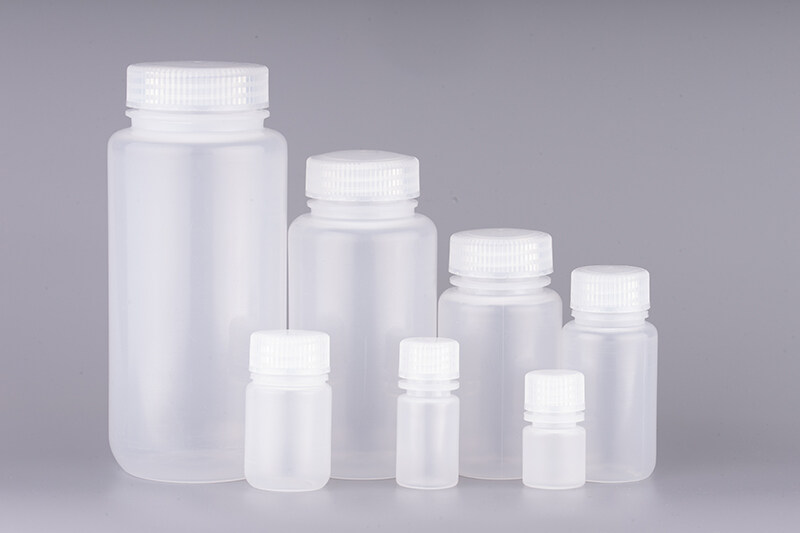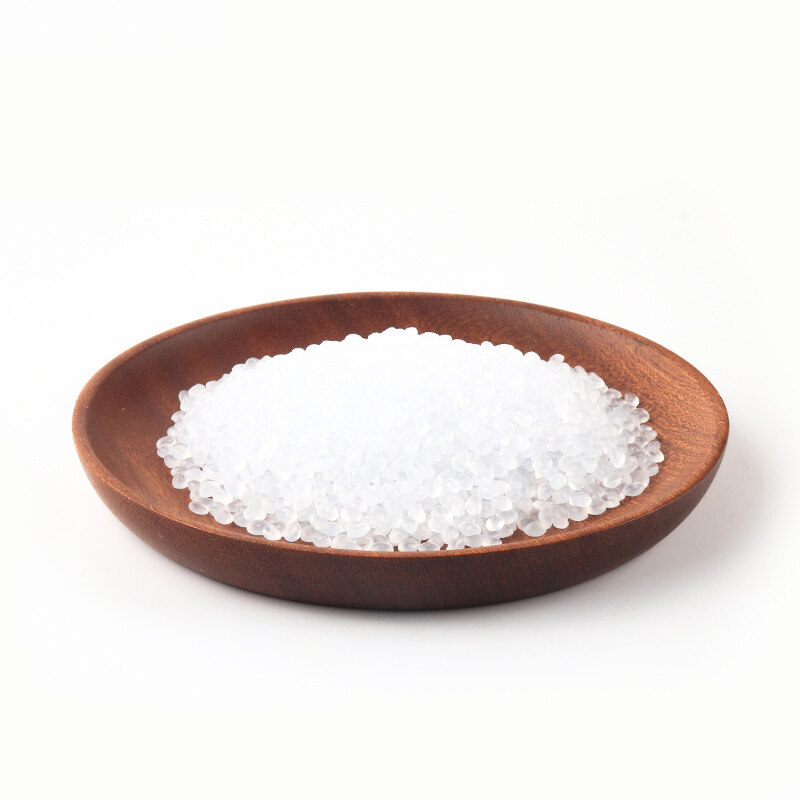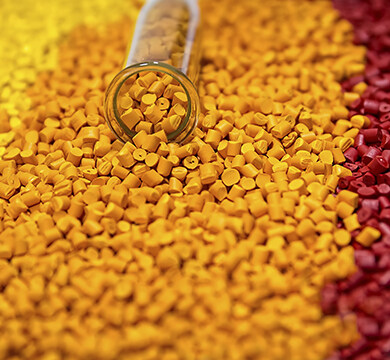Email format error
Email cannot be empty
Email already exists
6-20 characters(letters plus numbers only)
The password is inconsistent
Email format error
Email cannot be empty
Email does not exist
6-20 characters(letters plus numbers only)
The password is inconsistent

Offer Technical Support and Customized Solutions
The company is committed to creating new and improved plastic materials to meet the evolving demands of the market.

Summary of Factors Affecting Transparency of Injection Molded PP
Understanding the factors influencing the transparency of injection molded polypropylene (PP) is crucial for optimizing product quality and performance. PP, in the form of plastic pellets or particles, serves as a widely utilized thermoplastic material prized for its versatility and affordability. However, achieving desired transparency levels in PP products requires careful consideration of various factors. This article explores the key elements impacting the transparency of PP during the injection molding process. By delving into aspects such as base resin selection, nucleating agents, processing parameters, and additives, we aim to provide insights into enhancing the transparency of PP plastic components, thereby meeting diverse industrial and consumer demands.
Here is a summary of factors affecting the transparency of PP plastic products:
1.Influence of Base Resin
Using different base resins such as isotactic PP, continuous method-produced isotactic PP by Hymont, and random copolymer PP for medical transparent materials, under the same conditions of other additives, it is observed that factors like haze, glossiness, impact strength, and heat deformation temperature vary. Optically, random copolymer PP performs the best, followed by continuous method isotactic PP and batch method isotactic PP; in terms of mechanical properties, random copolymer PP exhibits the best impact resistance; and for heat deformation temperature, isotactic PP surpasses random copolymer PP.
2.Influence of Different Nucleating Agents
When using isotactic PP as the base material and comparing the effects of different nucleating agents under the same processing conditions, it's found that adding nucleating agents improves PP properties to varying degrees. Among them, derivatives of pentaerythritol can dissolve in molten polypropylene to form a homogeneous solution. Upon cooling, the nucleating agent forms a fibrous network structure with a large surface area, serving as crystalline nucleation centers. This network is not only evenly dispersed but also has a fiber diameter of about 10nm, similar to the thickness of PP spherulites, facilitating the crystallization nucleation process and improving PP transparency effectively.
3.Influence of Nucleating Agent Dosage
Using pentaerythritol tetraacrylate, which exhibits good transparency, and investigating its dosage on the transparency of medical PP, it's found that transparency improvement becomes insignificant beyond 0.3% dosage and even decreases. However, below 0.2% dosage, insufficient nucleation occurs, resulting in inadequate transparency enhancement. Hence, the optimal nucleating agent dosage falls between 0.2-0.3%.
4.Influence of Extrusion Temperature Examining
PP transparency at extrusion temperatures of 200°C, 220°C, and 250°C, it's observed that the nucleating agent's effectiveness on PP transparency is highest at intermediate temperatures. This is mainly due to decomposition and volatilization of low molecular substances within the nucleating agent at higher temperatures, leading to a reduction in effective components and a decrease in transparency improvement. Moreover, higher temperatures disrupt existing nuclei in PP during melt plasticization, reducing heterogeneous nucleation centers, thus diminishing modification effects. However, nucleating agent dispersion is poor at lower temperatures.
5.Influence of Toughening Agents and Their Dosage
The addition of toughening agents to enhance impact resistance of products reduces the effectiveness of nucleating agents on transparency improvement. As the dosage of toughening agents increases, the light transmittance of PP decreases because toughening agents do not dissolve with PP. They act as a discontinuous phase, causing refraction at interfaces due to differences in refractive indices between toughening agents and PP, thereby affecting light transmittance. Moreover, higher toughening agent contents increase interface areas, intensifying light refraction and deteriorating light transmittance.
6.Influence of Extrusion Equipment
Compared to single-screw extruders, twin-screw extruders exhibit significantly better shear mixing effects. This is because the average residence time of materials in twin-screw extruders is half that of single-screw extruders, and the distribution range of residence time is only one-fifth. With narrower material residence time distribution and similar physical and chemical changes experienced by materials in the barrel, the properties of each part in the mixture become more uniform.
7.Influence of Product Forming Processing Parameters
Medical transparent PP can be widely used to prepare medical injection products, pharmaceutical packaging bottles, boxes, bags, trays, films, etc. For medical transparent PP, different processing parameters during forming processing also greatly affect the transparency of its products. Therefore, obtaining plastic products with good transparency not only depends on the preparation of medical transparent PP but also on the process control during forming processing. The main influencing parameters for transparency include processing temperature, cooling temperature, injection pressure, etc.
8.Influence of Forming Processing
Temperature on Transparency The lower the forming processing temperature of medical transparent PP, the more original nuclei remain in the melt, resulting in smaller crystal sizes, thereby further improving transparency. Influence of cooling temperature: PP has five different crystal forms, and different crystal forms affect PP transparency. The more hexagonal crystal forms, the better the transparency. Lowering the cooling temperature can increase the pseudo-hexagonal crystal forms in PP, thereby increasing transparency. Meanwhile, accelerating the cooling rate allows the melt to pass through the crystallization zone rapidly, reducing crystallinity. Lower crystallinity results in better transparency.
9.Influence of Injection Pressure, Time, and Holding Pressure
Time Injection pressure, injection time, and holding pressure time affect product orientation. Excessive pressure, too short injection and holding pressure times will increase orientation during molding, which increases birefringence and decreases transparency.
Influence of Molds The surface finish of molds also affects the transparency of products. Higher surface finish leads to better transparency and glossiness of products. Generally, for transparent products, molds with mirror-like glossiness are required.
Apart from the aforementioned processing techniques and additives affecting transparent PP, production environment and hygiene are also one of the main factors influencing the application of transparent PP.

